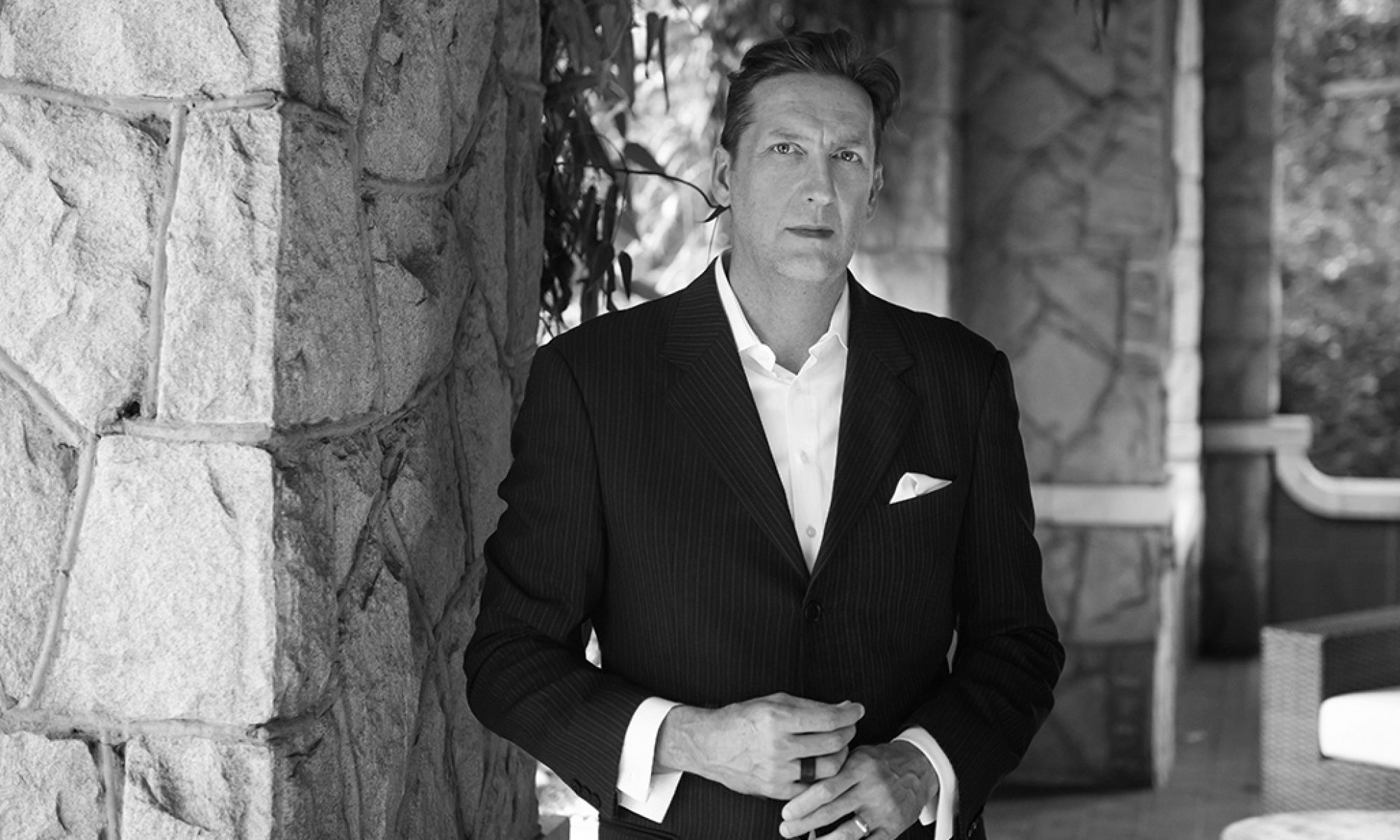If you are watching the NAT&TCAA basketball tournament, you’re seeing a lot of swanky car commercials, especially for upper high-end models from Benz and BMW. The one above is for some super duper 2014 model that you can’t buy yet, and probably can’t afford at all, but it makes the case underscored by the ads punctuating breathless timeouts between the basketball action: dramatic innovations in styling for an utterly archaic propulsion system.
Nothing has changed in the way these amazing chariots propel themselves down the asphalt. Exotic wood inlay on the dashboard? check. 19-speaker surround sound? you bet. HD reverse cameras so you don’t have to turn around to back down the magisterial driveway? Available even in the cheap-O models, nowadays.
Do we think about the fact that the fuel they use and that fuel’s effects on the world remains exactly the same, even with all of the fantastic engineering available?
The fact is it’s easy not to think about this, to nod along with incremental MPG stats while we drool over the nice lines and sleek interiors. But this news from Peugeot made me think about it:
In January, Peugeot announced that it had developed a car that ran on air. It officially launched the Hybrid Air vehicle to the world at the Geneva motor show this month, and revealed that it would be in production by 2016. The car did not solely run on air, of course; the new technology was twinned with a petrol engine. But Peugeot believed that it had significant advantages over battery-powered electric hybrids, such as a Toyota Prius. Their cars would be cheaper to buy, for a start, and extra savings would come from a fuel economy of around 81 miles per gallon.
So what has MB and the ultimate driving machinists been doing this whole time? Makes you wonder.



